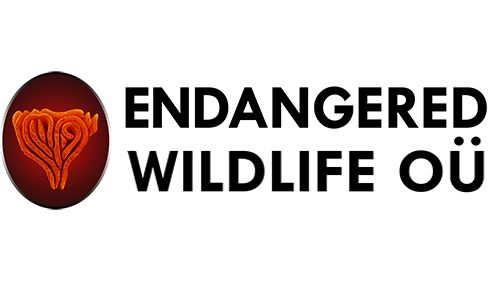For too long now, humanity has taken nature and biodiversity for granted. It is a natural resource that has been overexploited, but we are now facing the distinct reality that the overconsumption of this finite resource is running out. In order to ensure the long-term survival of our own species, there needs to be a solution that ensures the intricate balance of the ecosystems.
The world in December 2022 saw governments and a variety of stakeholders come together at COP15 to discuss this challenge. COP15 culminated with the joyous celebrations about the outcome – the Global Biodiversity Framework. In addition to financial commitments, the Global Biodiversity Framework received the support by governments to “protect 30% of land and water considered important for biodiversity by 2030″.
This compares to the 10% of marine and 17% of terrestrial areas that are currently protected. This includes, according to the World Database on Protected Areas, 285,525 protected areas in December 2022.
But what actually is a protected area? According to the IUCN, a protected area is a clearly defined geographical area that, through legal or other means, is managed for the long-term conservation of the area’s ecosystem, its ecosystem services and associated cultural values.
However, the question remains whether merely expanding protected areas will solve the problem of global biodiversity extinction and the loss of ecosystem integrity. Animals, especially marine life and birdlife, migrate vast distances and cannot be restricted to protected areas. Additionally, what are considered priority areas? Do the variety of desert species warrant less protection than forests?
The Earth requires a ecosystem balance that cannot be achieved merely through the isolation of nature to limited protected areas. Up until now, protected areas have not curbed the loss of biodiversity, and we are facing a perpetual spiral towards an irreversible calamity.
Humanity needs to recognise that the sustained survival of our species is not dependent on indefinite economic growth. It is not dependent on material goods that represent wealth. Instead, it is dependent on nature. We come from and are a part of nature – we are not superior to nature – and we require a planet with balanced, healthy and locally correct ecosystems. Therefore, we need to calculate the true value of biodiversity to the economy, society and environment, and realise that the only way to make a change is to reintegrate with nature, not isolate nature. This is the key shift mindset needed to move forward.

